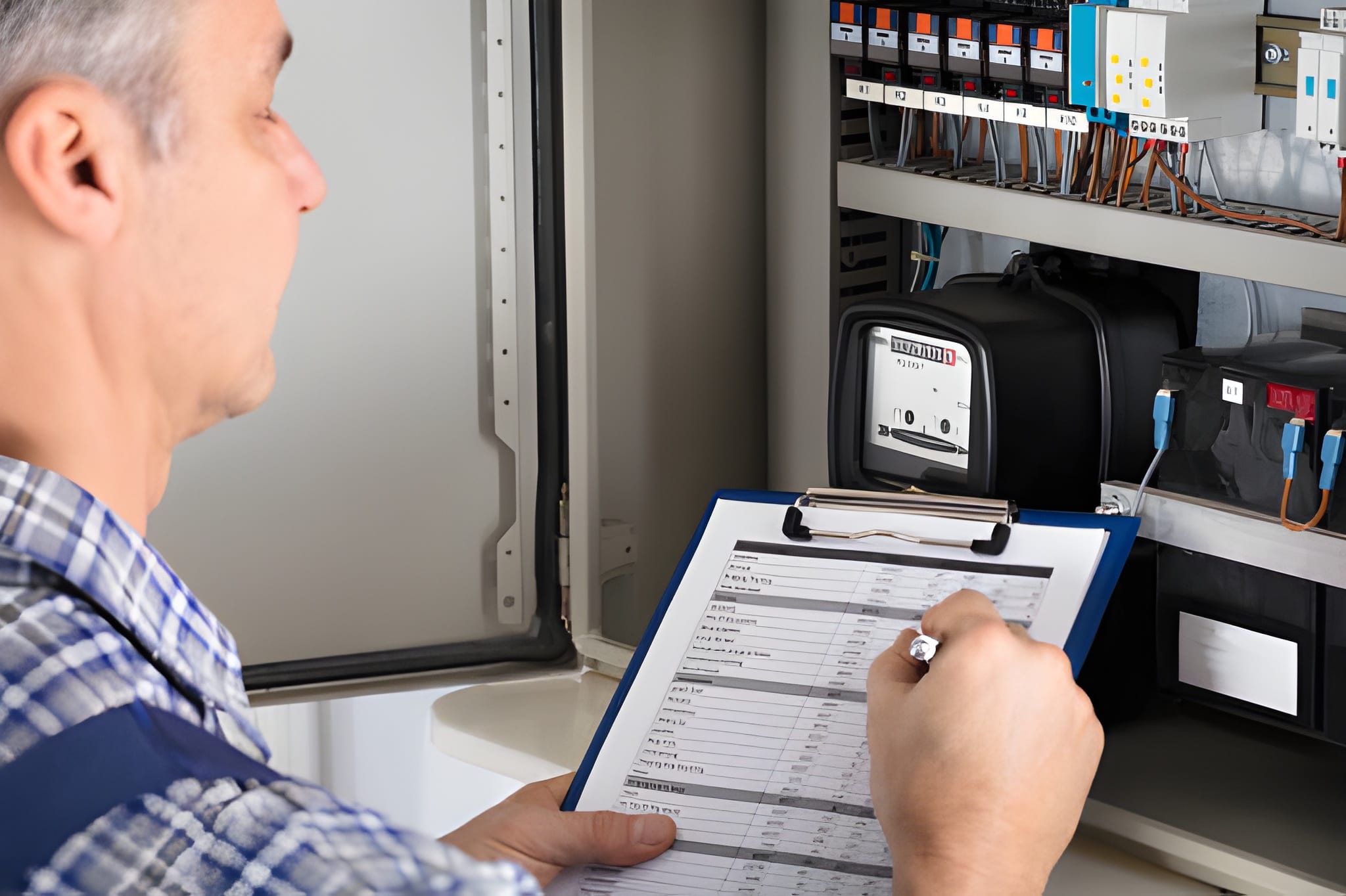
This practical guide walks you through obtaining an EICR Electrical Certificate (electrical installation condition report) in a clear, actionable way ideal for landlords, property managers, and homeowners. It also ties into London Property Inspection needs so you can meet local standards and keep residents safe.
What is an EICR (quick)
An EICR (Electrical Installation Condition Report) is a formal inspection and testing of fixed electrical installations — sockets, lighting, consumer unit, earthing, bonding and circuit wiring. The report records any damage, deterioration, defects or dangerous conditions and gives codes (C1, C2, C3, FI) plus recommended remedial work.
Before you start (prepare)
- Know the legal requirements — many landlords and HMO owners must keep an up-to-date EICR. Even if not legally required for your property type, it’s best practice for safety and insurance.
- Gather property info — age of building, recent electrical work, consumer unit type, any previous EICR.
- Schedule convenient access — ensure all rooms, cupboards and landlord/tenant meters are accessible on inspection day.
- Choose a qualified inspector — pick a registered electrician or company (NAPIT, NICEIC or equivalent) experienced with EICRs and familiar with London Property Inspection expectations.
Step 1 Get quotes & hire a registered electrician
- Ask for written quotes that list tests included, duration and price.
- Confirm the electrician is qualified to issue EICRs and insured.
- Book an inspection date and give the inspector the property info you gathered.
Step 2 Prepare the property for inspection
- Clear access to fuse boxes, consumer units, meter cupboards and all sockets.
- Turn off large appliances only if asked; otherwise leave them as-is.
- Remove items blocking lofts, basements, or service cupboards.
- Notify tenants in advance and, if necessary, arrange alternative accommodation for vulnerable occupants during any required power interruptions.
Step 3 — The inspection & testing process
The inspector will typically:
- Visual inspection of wiring, accessories, consumer unit, earthing and bonding.
- Testing of circuits using specialized equipment — continuity, insulation resistance, polarity, earth loop impedance, RCD operation and load testing where appropriate.
- Functional checks on switches, RCDs and consumer units.
- Record findings and assign condition codes:
- C1 — Danger present (requires immediate attention)
- C2 — Potentially dangerous (needs prompt repair)
- C3 — Improvement recommended (not urgent)
- FI — Further investigation required
Step 4 — Receive the EICR Electrical Certificate & report
- The inspector will provide a formal EICR certificate and a schedule of inspection (detailed comments on each circuit).
- The document should clearly list any C1/C2 items (priority), required remedial actions, and recommended timescales.
- Confirm the certificate includes inspector details, registration number, date of inspection, and scope.
Step 5 — Remedial work & re-inspection
- For C1/C2 items: arrange qualified electrical repairs immediately. Ask the issuing electrician for a quote or second opinion if needed.
- After remedial work, request an EICR re-inspection or completion certificate confirming issues were resolved. Some repairs may simply be documented as completed by the original tester if within their scope.
Step 6 — Recordkeeping & renewal
- Keep the EICR certificate and remedial records for your files and for tenants or inspectors.
- Typical advisory period: domestic properties often recommend an interval of up to 10 years, rented properties and HMOs commonly require more frequent checks (often every 5 years or as specified by law/policy) — check local guidance for London Property Inspection specifics.
- Put a reminder in your calendar to rebook before the certificate expires.
Practical tips
- Always use a registered, insured electrician — saves headaches with insurers and compliance checks.
- Take photos during inspection (with permission) to document issues and access.
- Combine EICR Testing with PAT testing or landlord safety checks to save time/costs.
- If you manage multiple properties, stagger inspections to avoid all expiring the same month.
- Keep tenants informed — transparency reduces disruption and improves cooperation.
Benefits of an EICR
- Safety: reveals dangerous wiring before it causes harm.
- Compliance: helps meet landlord and HMO regulations and London Property Inspection expectations.
- Insurance: many insurers expect up-to-date electrical records.
- Value & resale: documented safety checks increase buyer confidence.
- Cost saving: early detection of faults prevents expensive failures later.
Short Conclusion
Getting an EICR Electrical Certificate is a straightforward, high-value step for any property owner or manager — especially when preparing for a London Property Inspection. Follow the steps above: prepare the property, hire a registered electrician, act quickly on C1/C2 findings, and keep tidy records. Safety, compliance, and peace of mind are well worth the effort.
If you want, I can draft a simple checklist you can print and use on inspection day.











